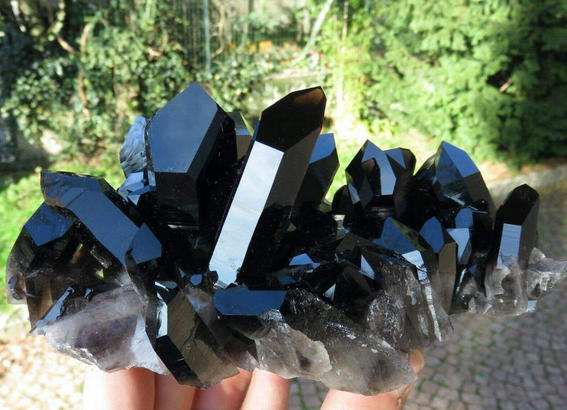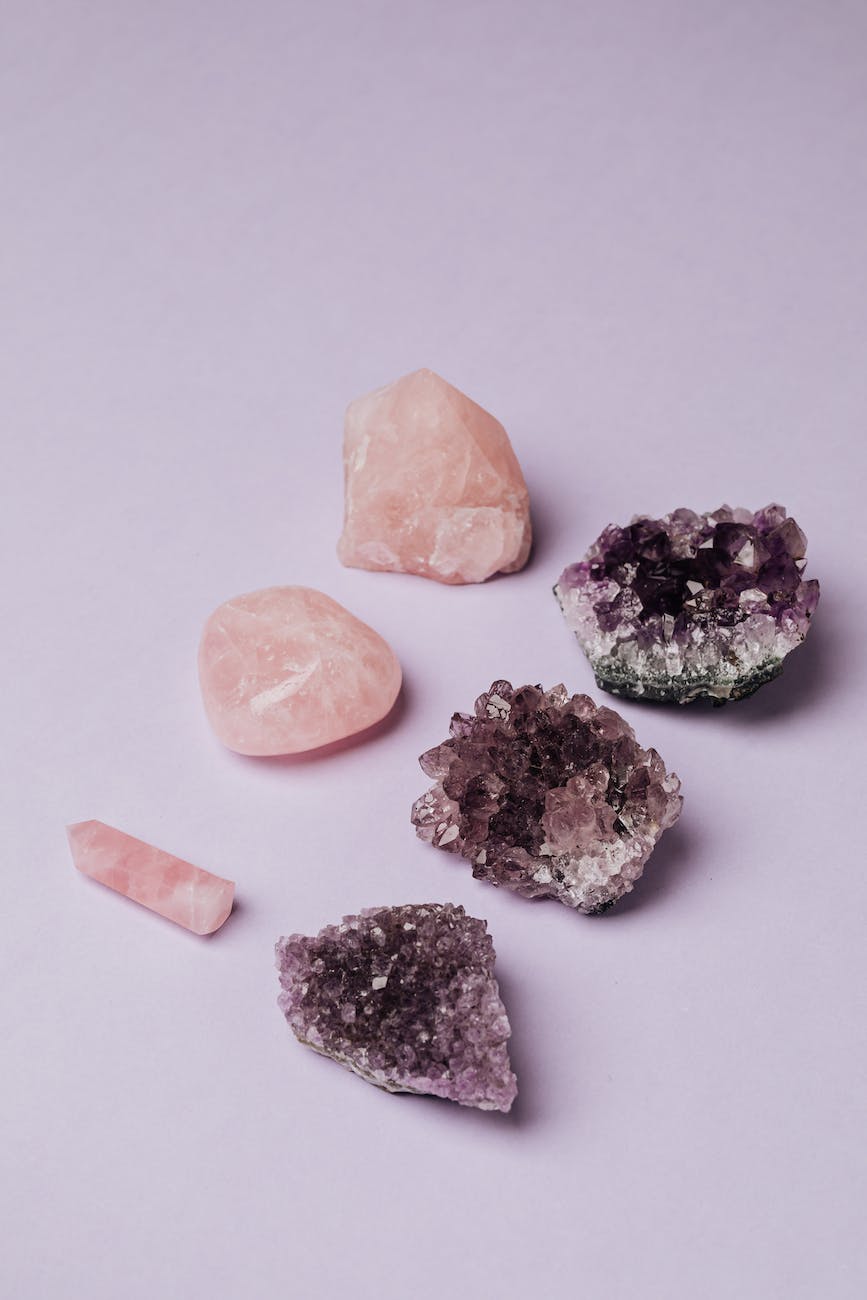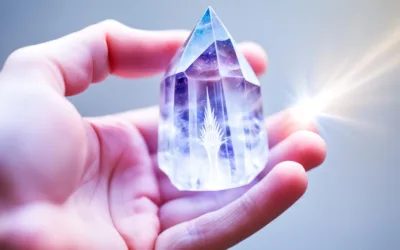
Offering natural stone jewelry to a friend, relative or fiancé(e) means that you really care about that person.
But imagine the disappointment if the stone turned out not to be genuine, that it was in fact a fake stone.
Also imagine if the jewel was intended for you because you wanted, for example, to enjoy the benefits of lithotherapy. Wouldn’t you be frustrated?
Whether you buy it to give as a gift or to take advantage of the virtues of stones and crystals, a jewel adorned with a fake plastic stone will not bring you much. At the limit, it will sublimate you for a while, but that will be all.
To hope to receive the many benefits of your stone bracelet, pendant or necklace, it is important to ensure that it is set with real and authentic stones.
Of course, anyone can make a mistake. But with common sense and a good dose of observation, you will easily be able to discern the real stones from the fake ones.
And of course, we will help you by revealing tips to avoid trickery.
In this article, we will address the following questions in turn: What is a real natural stone? What is a rhinestone or counterfeit stone? How to distinguish between the two?
As a bonus, we will reveal a small list of the most counterfeit stones on the market.
A real natural stone: what is it exactly?

Fake stones do exist. Unlike natural stones, they are not the result of nature.
These are imitations, stones artificially made in the laboratory or treated in order to change their color or make them more dazzling.
A priori, a faux stone can therefore bring you the colors and light you are looking for to enhance your look. What it cannot offer you are the benefits that a real stone has. Why? Quite simply because a fake stone is not endowed with the necessary minerals.
Be aware that there are various types of counterfeit stones depending on their composition or the treatment they have undergone. Without further ado, we are going to reveal which ones:
Synthetic stone

Synthetic stone is very common. And it is also the one that is the most difficult to differentiate from a real stone, the imitation is so perfect. Indeed, manufacturers do not just copy the appearance.
They also reproduce the composition of the gem. We thus obtain synthetic stones almost identical to gemstones.
However, they remain false and cannot provide you with the benefits promised by real natural stones.
Note that counterfeit stones of this kind are commonly used in the manufacture of costume jewelry.
If you only need it to look good, then there’s no problem wearing a ring with synthetic gemstone.
But if your goal is to enjoy the benefits of stones, a synthetic stone ring will bring you nothing. So, always prefer to invest in jewelry mounted with authentic stones.
In short, a synthetic stone seems a priori flawless. But if you look closely, you will see that there are often bubbles within it. Also, its growth curves are often visible.
The glass stone

A glass stone is easy to recognize even for a novice.
This imitation stone designed in glass is not only fragile, but it also scratches easily. If you see ridges, conchoidal breaks, or bubbles with silica residue inside a purported natural stone, it’s probably a glass stone.
Industrial glass is widely used in the manufacture of fake obsidians and fake crystals. So don’t be fooled.
Plastic stone

Plastic is also one of the materials popular with counterfeiters who manufacture counterfeit stones. Like any substitute stone, a plastic stone mimics a real gem quite well. But like glass, it also remains easy to recognize. How to do?
Just take it in your hand. If it is a real stone, it will be smoother to the touch. If you feel it’s a little rough, it’s probably a stone fake plastic.
Another simple trick: pass the stone under a flame. If it melts or smells like burnt plastic, move on because it’s likely plastic.
Resin stone

Also, pay attention to the resin stone. This material is similar to plastic.
It is very malleable and counterfeiters do not hesitate to exploit it in order to create a perfect imitation of a gemstone.
Most of the time, they even add other materials in order to make the faux stones look more convincing.
Unfortunately for these unscrupulous individuals, it is quite easy to spot a resin stone.
Just like plastic, it only takes a short passage under the flame for the resin to melt.
The glass garnet doublet

Counterfeiters are never short of ideas when it comes to making fake stones. And the double garnet glass is a great proof of their ingenuity.
At first glance, you might think this is actually a real garnet stone.
But if you take the time to observe it well, you will quickly realize the deception.
In fact, a glass garnet doublet is nothing more than a thin strip of real garnet stone glued to a glass slide. The natural look is very successful.
And if you take the stone in your hand, you will also feel that it is cold, which will lead you to the conclusion that it is a genuine stone. So how do you recognize it?
It’s simple: just look at the stone in the profile. If it is counterfeit, you will see air bubbles in the area where the glass is bonded to the garnet.
The enamel doublet

It is also a fairly common technique in the counterfeiting of stones and crystals. It consists of adding two colorless strips on all sides of a strip of colored enamel.
This makes it possible to bring luster, durability as well as an unalterable coloring to the alleged gemstone.
And if we don’t take the time to look more closely in order to perceive the enamel lamella, we will be fooled.
The tinted stones

A tinted stone is a natural stone that has been treated to make it even more beautiful. For this, we apply the color tint on the gem. Its natural color is thus enhanced.
In lithotherapy, this practice is strongly discouraged. It is indeed believed that the artificial treatments of the stones can alter their powers and diminish or change their effects on our bodies and mind.
That said, this does not necessarily mean that tinted stones are fake stones. They remain natural stones.
The heated stones

Under heat, some natural stones can change color. This is for example the case of amethysts which, once heated, take on the yellow color of citrine.
Such a practice can be perceived as fraudulent because it increases the value of the stone. But this is not necessarily the case for all heated stones.
Indeed, the heat treatment of stones is a practice that has existed for centuries.
Most rubies and sapphires that you will come across on the market have undergone this type of treatment. In particular, it makes it possible to make the color of the stones more intense or more transparent.




